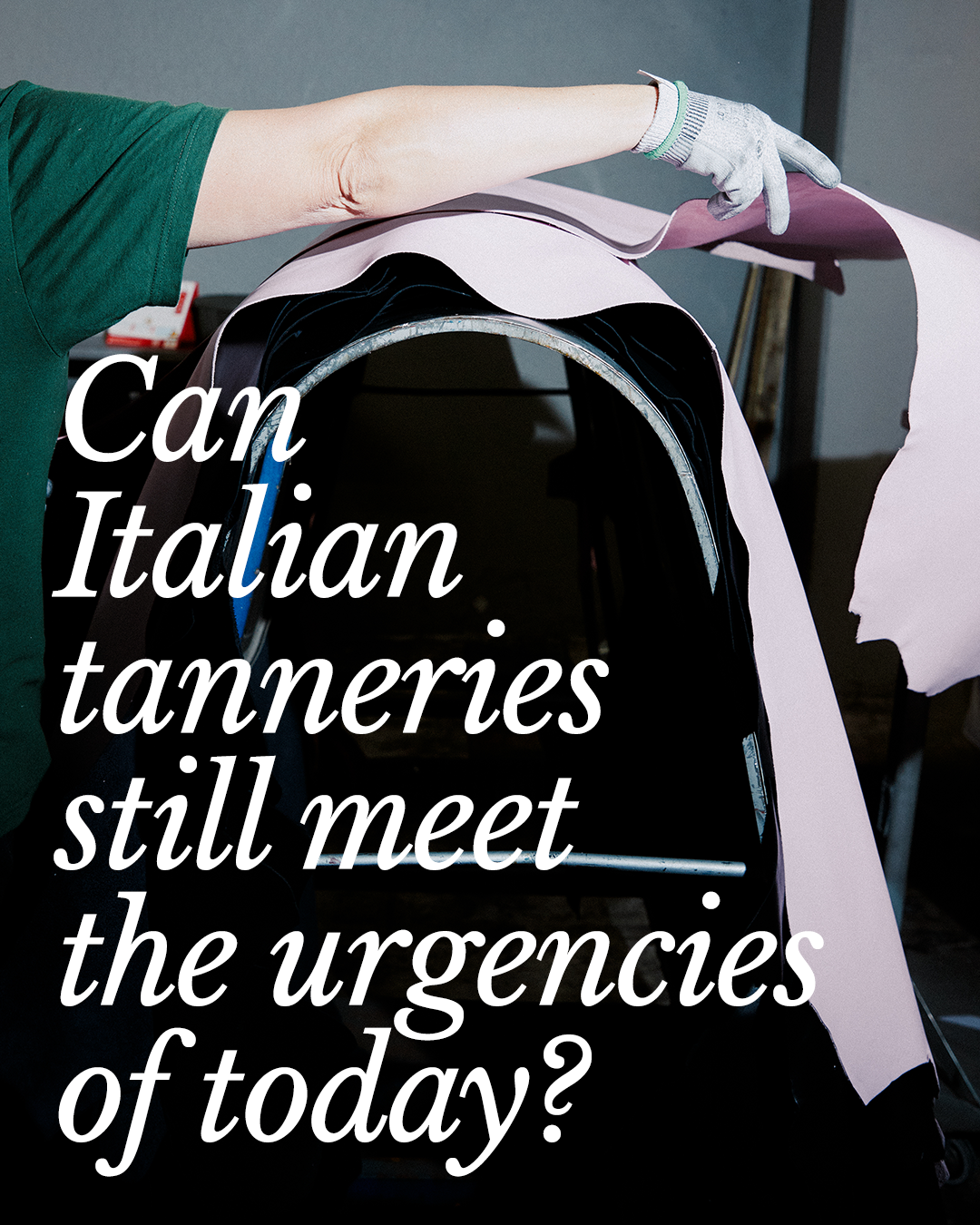
Can Italian Leather Still Meet the Urgencies of Today?
In Antwerp earlier this year, during a mentoring session with a group of emerging designers, someone raised a question that has echoed in every conversation since:
“How would you ethically improve the sourcing of leather?”
It was asked simply, without accusation, but it struck at the heart of an ongoing tension in contemporary design. For many young creatives, leather represents a paradox: a material rich in craft and history, yet one they associate with opacity, overproduction, and harm. Few know where hides come from, or how processes have evolved. Fewer still realize that some of the largest tanneries in Italy are also at the forefront of responsible innovation.
Gruppo Mastrotto: Scale, Byproduct, and Energy
Founded in 1958 in Arzignano, Veneto, Gruppo Mastrotto has become one of Italy’s largest and most influential tanneries. Their leathers are used across fashion, furniture, automotive, and design industries, a global reach built on decades of craft and continuous experimentation.
What sets Gruppo Mastrotto apart is not only their scale, but the principles behind their production. The tannery works exclusively with hides that are byproducts of the food and dairy industry, meaning no animal is ever bred for its skin. This fact alone reframes the material: leather here is not a driver of demand, but a transformation of something that already exists.
Equally striking is their approach to energy. Gruppo Mastrotto’s operations run using electricity purchased 100% from renewable sources, supported by advanced water management and internationally recognized environmental certifications (ISO 14001, LWG Gold). In an industry often criticized for its environmental impact, these commitments mark a shift toward what responsibility at scale can look like.
Reframing the Question
The question we were asked in Antwerp: how would you ethically improve the sourcing of leather? — is not one with a single answer. But Gruppo Mastrotto’s practices suggest that responsibility and scale are not mutually exclusive. By sourcing only byproduct hides and operating entirely on purchased renewable energy, they offer a model for how centurie old crafts can respond to contemporary urgencies.
For a new generation of designers, understanding this context is essential. It shifts the narrative away from absolutes, leather as good or bad, and toward a deeper conversation about transparency, heritage, and what it means to work responsibly with materials that carry history in every surface.
This story is part of readymade's ongoing exploration of material culture — a journal of questions, histories, and possibilities for design today.